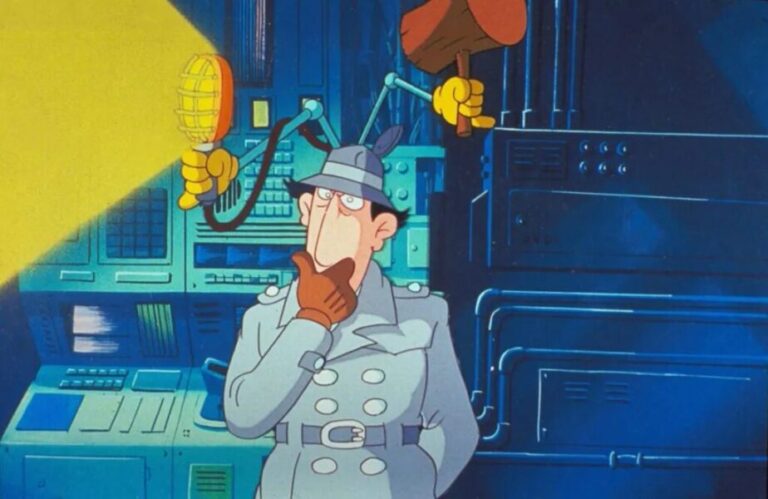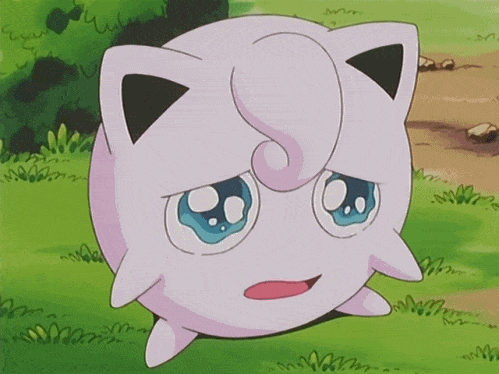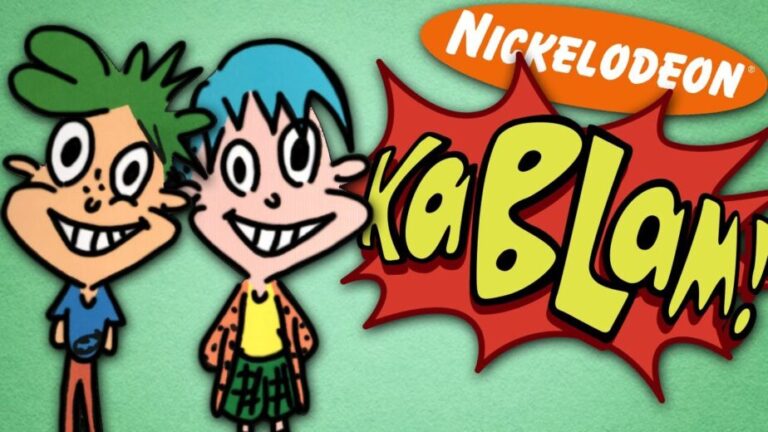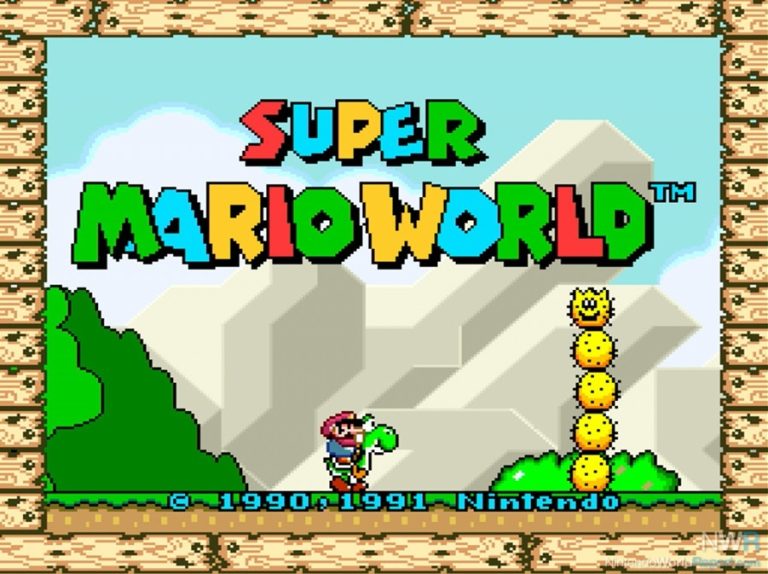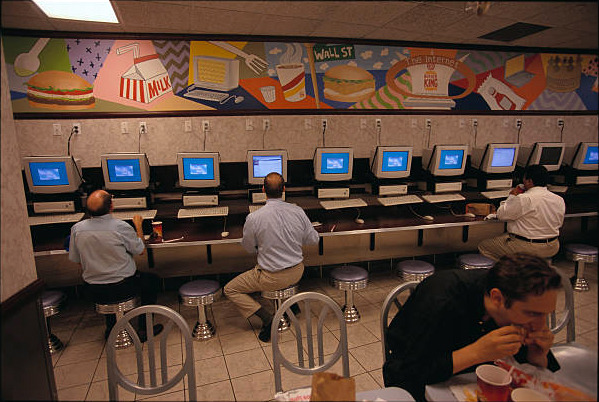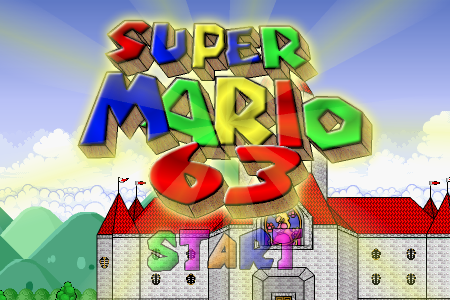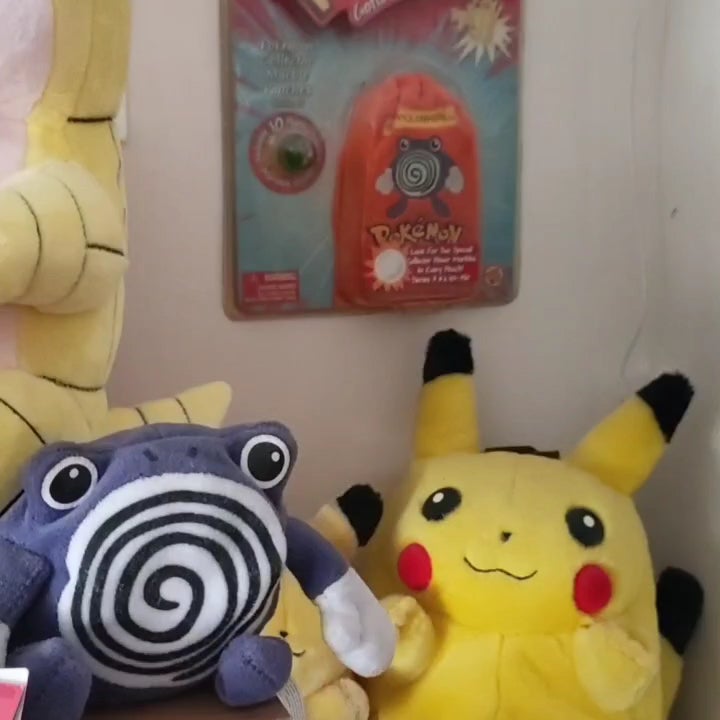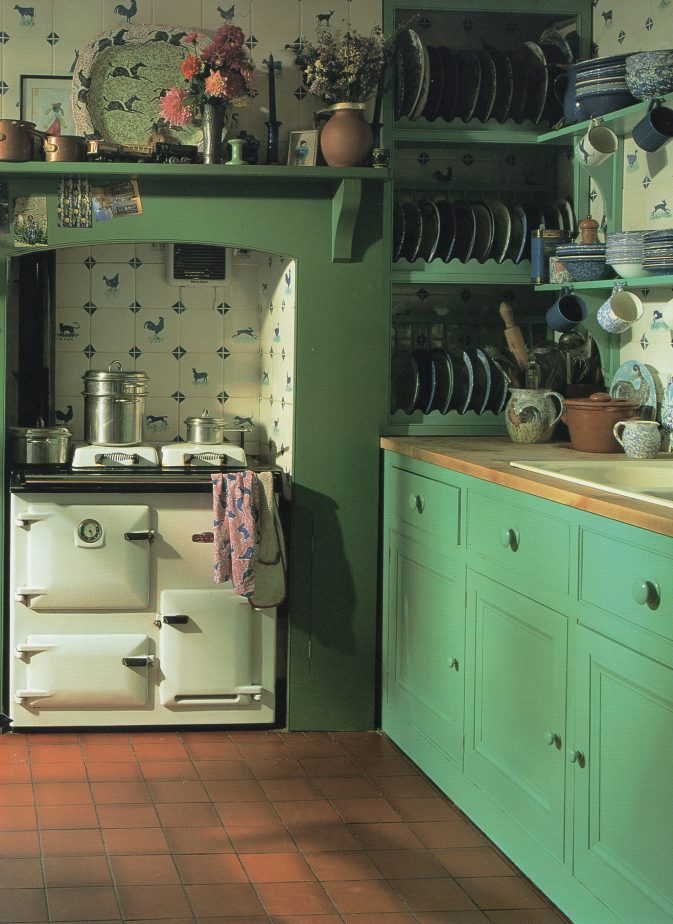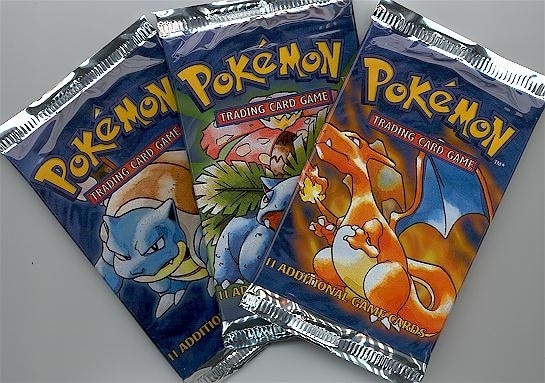
The 1990s. A time of dial-up internet, neon windbreakers, and a cultural phenomenon that had kids and adults alike frantically tearing open foil packs: trading cards. Whether you were into sports, comics, or a galaxy far, far away, there was a trading card set for you. It was an era where a piece of cardboard could hold immense value, spark intense playground negotiations, and create lasting memories.
More Than Just Cardboard: The Allure of the Pack
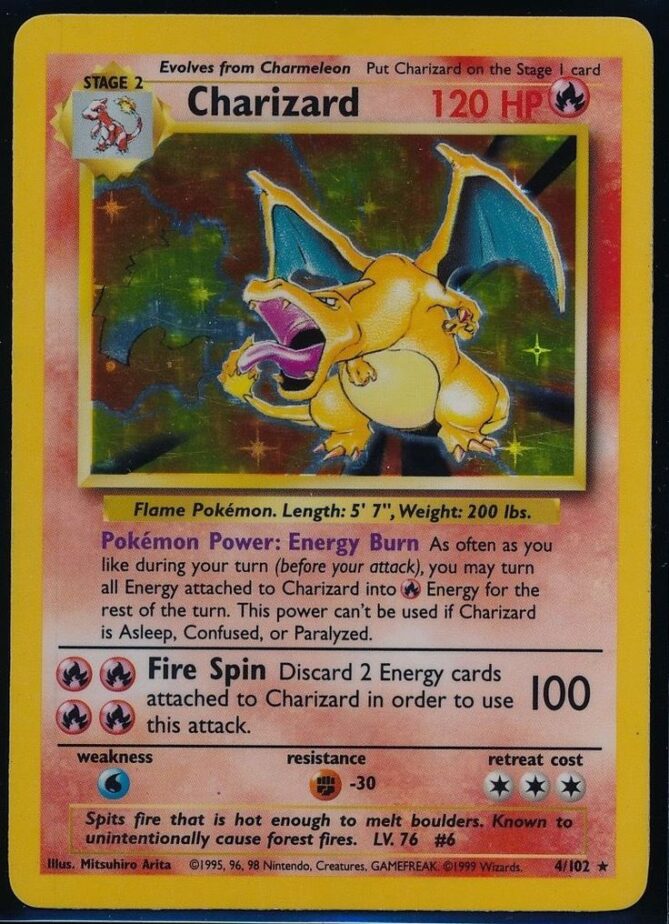
What was it about these little rectangles of glossy paper that captivated us so? Part of it was the thrill of the unknown. Each unopened pack held the potential for that one elusive card – the holographic Charizard, the rookie Michael Jordan, the rare Jean Grey. The crinkle of the wrapper, the smell of freshly printed ink, the slow reveal of each card – it was a ritual.
The Big Players: Sports Dominated, but Pop Culture Fought Back
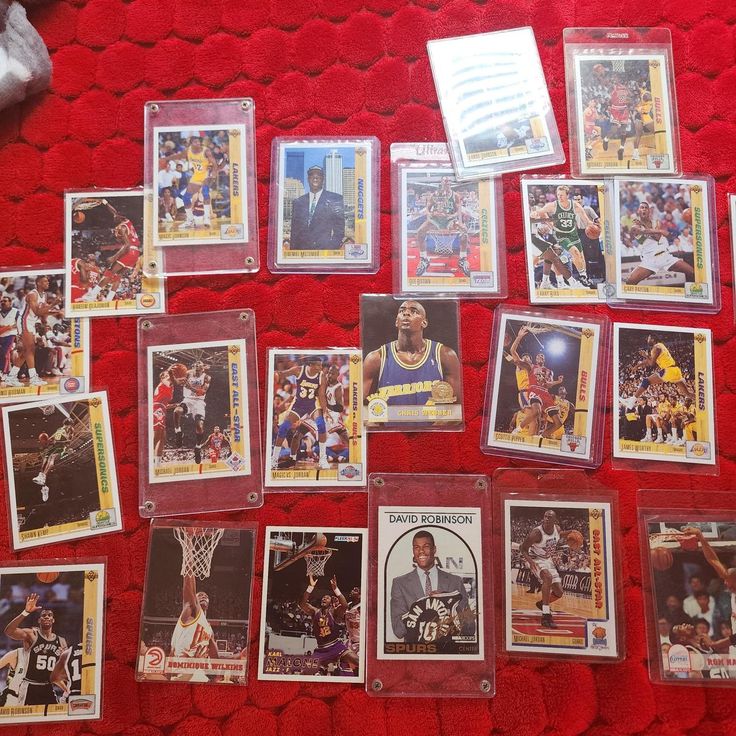
Sports cards, particularly basketball and baseball, were undeniably king. Brands like Topps, Upper Deck, Fleer, and SkyBox pumped out set after set, featuring our favorite athletes. We meticulously organized them in binders, memorized stats, and dreamed of pulling that autographed card or a short-printed rookie. Michael Jordan, Ken Griffey Jr., Shaquille O’Neal – their cards were the holy grails for many.
But the 90s also saw an explosion in non-sports trading cards. Marvel and DC comics brought our favorite superheroes to our fingertips with intricate artwork and character bios. Sets like Marvel Masterpieces, with their stunning painted art, became instant classics. Then came the behemoths of pop culture: Star Wars made a triumphant return to the trading card scene with Topps’ Galaxy series, offering breathtaking art and behind-the-scenes glimpses. And who could forget the Japanese import that took the world by storm late in the decade – Pokémon? These cards, with their unique gameplay element, created a frenzy that few other collectibles have ever matched.
The “Value” Equation: From Playground Trades to Price Guides
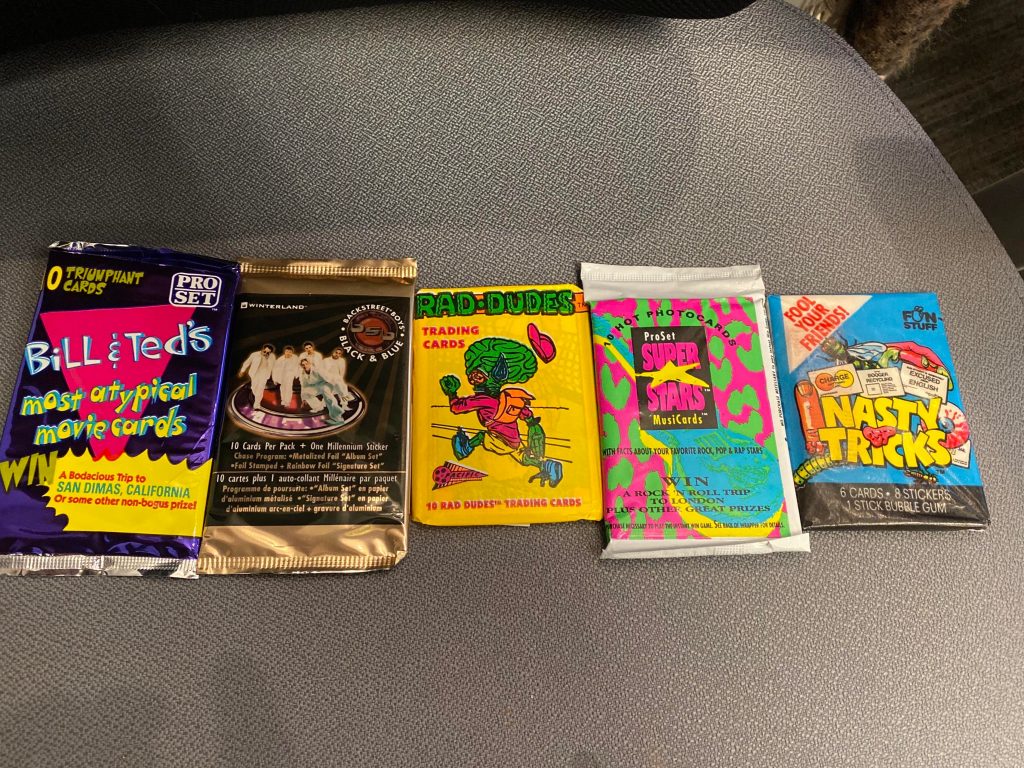
The concept of “value” was central to the 90s trading card experience. We’d pore over Beckett price guides, a monthly magazine that dictated the supposed worth of our collections. A holographic border, a rookie year, a limited print run – all these factors could dramatically increase a card’s desirability and, consequently, its price. Playground trades were serious business, often involving complex multi-card deals and heated debates over perceived fairness.
However, this focus on value also contributed to the “junk wax era” for sports cards, particularly in the early to mid-90s. Manufacturers, seeing the booming demand, overproduced cards, leading to a market saturation that meant many of those “valuable” cards from our childhood aren’t worth much today. But at the time, the dream of striking it rich with a lucky pull was a powerful motivator.
Beyond the Hype: The Lasting Legacy
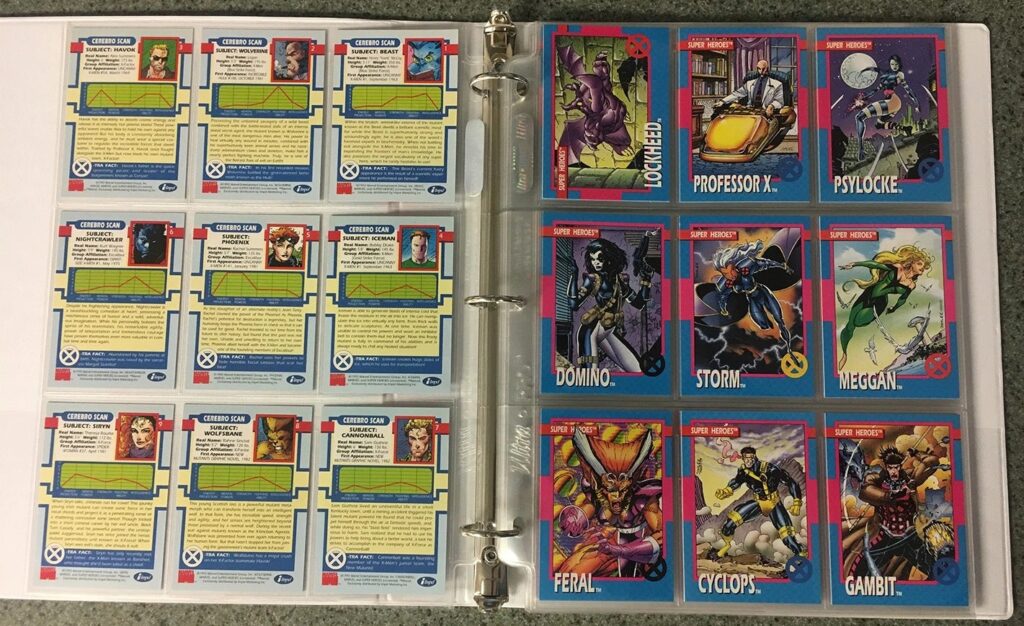
While the speculative bubble of the 90s trading card boom eventually burst for many sets, the impact of that era remains. It fostered a love for collecting, an appreciation for art and statistics, and even taught us a thing or two about negotiation and perceived value.
Many of us still have our old binders tucked away, filled with childhood heroes and cherished memories. And with a recent resurgence in trading card popularity, some of those old collections are even seeing a renewed interest.
So, what are your favorite memories of 90s trading cards? Did you have a prized rookie card or a complete set you cherished? Share your stories in the comments below – let’s take a nostalgic trip back to the golden age of cardboard!

